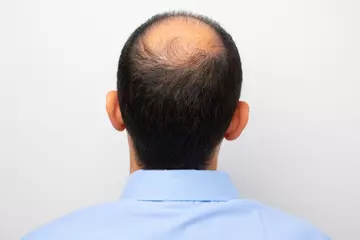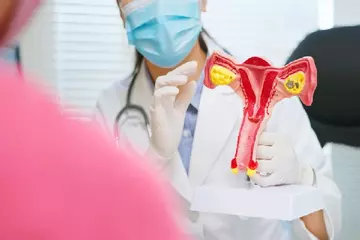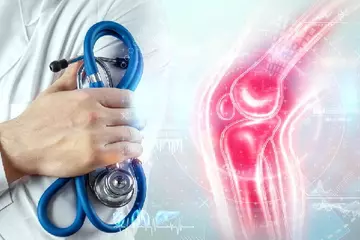What is a fractured eye socket?
A fractured eye socket results from a break in any of the surrounding bones of the eyeball. The bone surrounding the eye is also known as the orbit or orbital bone. Fractures of the eye socket may occur as an isolated fracture of the orbital wall or may occur along with a fracture of the orbital rim.
What are its main associated signs and symptoms?
Signs and symptoms depend on the type of fracture
Symptoms associated with orbital floor (blow out) fracture include:
- Double vision
- Contents of the eye socket are trapped in the maxillary sinus
- Displacement of the eyeball backwards
- Drooping eye
- Increased sensitivity to stimuli like a light in case of nerve injury
Symptoms associated with fracture of the inner wall of the orbit include:
- There may be an associated depressed fracture of the nose
- Increased distance between the inner corners of the injured eye
- Orbital floor fracture
- Swelling around the eye
- Damage of the tear ducts
- Nasal bleeding
Symptoms associated with orbital roof fracture include:
- This fracture is rare and may involve injury to the frontal sinus and the brain.
- Cerebrospinal rhinorrhoea (a serious condition where the cerebrospinal fluid escapes through the sinuses and the nose)
What are the main causes?
These fractures usually result from blunt force; most commonly due to facial trauma that can result from vehicle accidents, sports injuries, physical assaults (direct blow on the eye).
How is it diagnosed and treated?
Eye socket fractures require a consultation with the ophthalmologist, who will physically examine the eye and the surrounding area.
Vision and position of the eyeball in the socket will be assessed.
Additional investigations required include:
- X-ray of the skull
- CT scans for assessment of the fracture and the area around it.
In case of severe complications, a consultation with a neurosurgeon and a visit to an otolaryngologist is advised.
Treatment of eye socket fractures depends upon the severity of the injury and symptoms.
- In simple cases, symptomatic relief with analgesics, antibiotic prophylaxis is sufficient.
- In severe cases, surgical intervention for correction and fixation of the fractured bone will be required.
Self-Care:
















